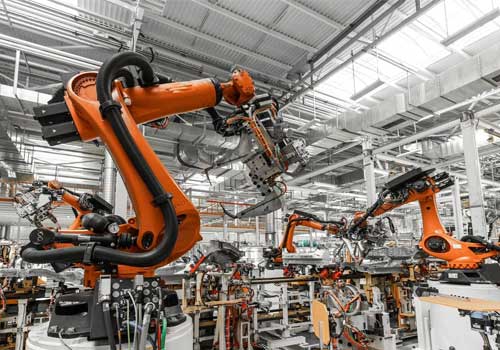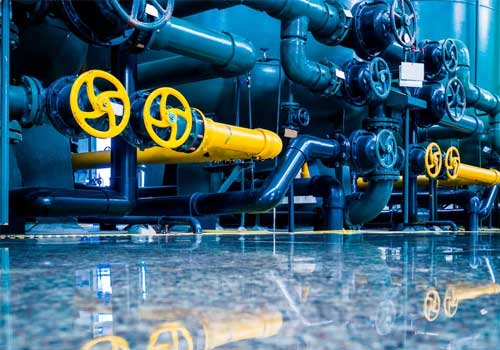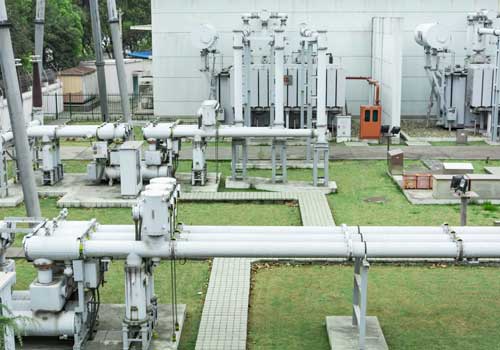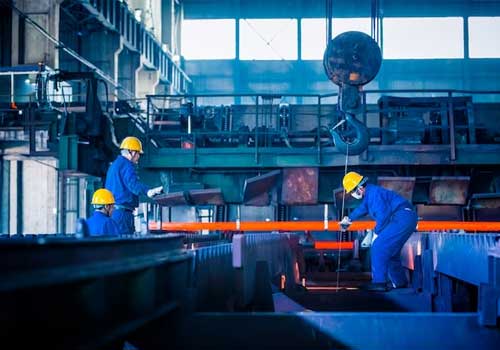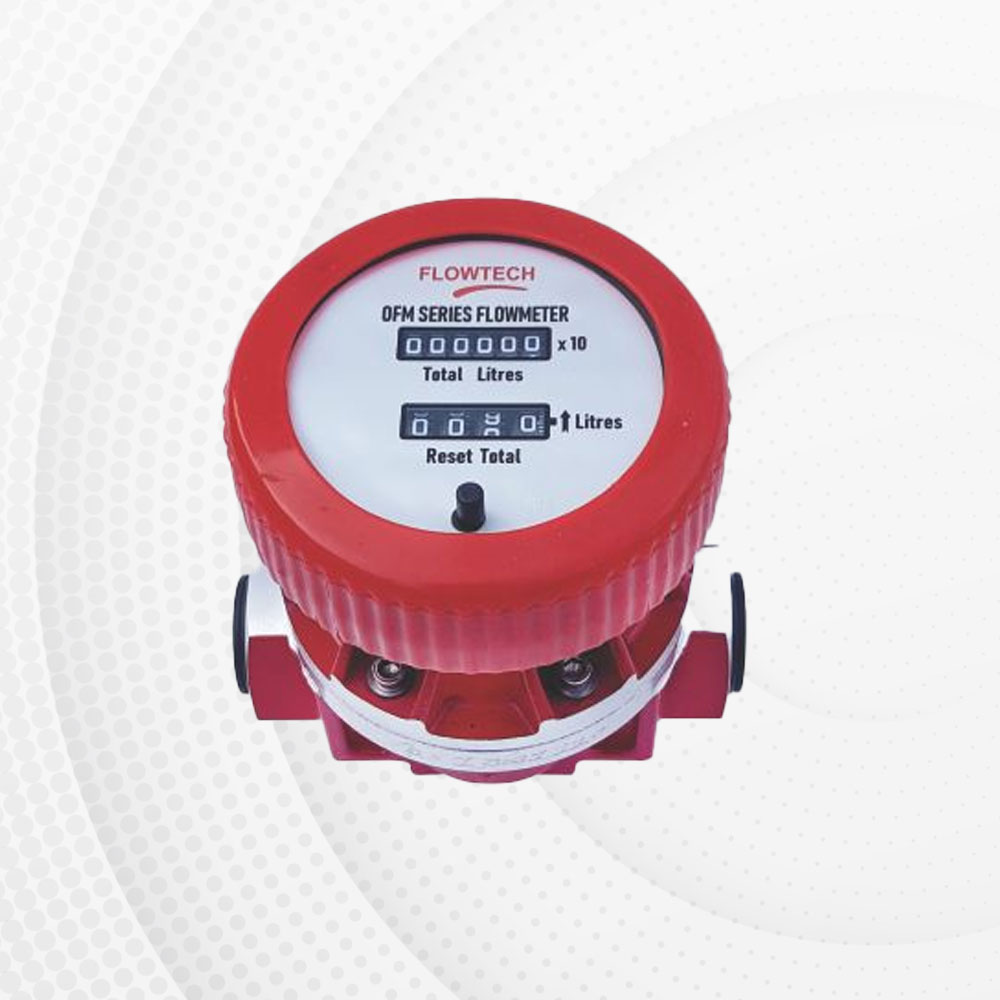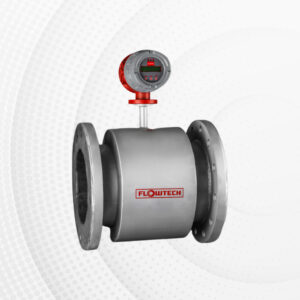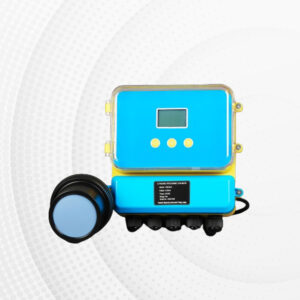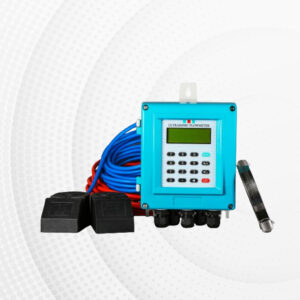Description
Fuel Flow Meter for Real-time Data
Flow Meter for Precise Liquid Measurement
Our digital diesel flow meter is a battery-operated device that comes with pulse output or 4 to 20 mA output options. This CE certified mechanical oval gear fuel flow meter is versatile, capable of measuring the flow of gasoline, diesel, kerosene, heavy oil, petrol, light oil, coffee, tea, LDO, juice, HDO, milk, chemicals, and pharmaceutical drugs. It employs advanced sensing technology, such as electromagnetic and ultrasonic sensors, to provide accurate volume measurements of fuel passing through the meter. Operators can monitor fuel consumption, detect leaks, and identify irregularities promptly.
Mechanical Fuel Flow Meter Technical Specifications:
- Working Principle: Oval Gear Positive Displacement
- Accuracy (Standard Installation Position): 0.5% FSD
- Repeatability: 0.03%
- Maximum Working Pressure: 2 MPa (20 bar)
- Fluid & Ambient Temperature: -40 to 80°C
- Maximum Viscosity: 1000 cps
Diesel Flow Meter Features:
- Accurate Measurement
- Wide Measurement Range
- Accuracy Regardless of Pressure and Temperature Variations
- Robust Construction
- Easy Installation and Operation
- Minimal Maintenance and Extended Service Life
- Suitable for End of Delivery Hose or Inline Installation
- Available in Line Sizes 25 NB – 200 NB
- Turbine Measuring System
- Pressure Rating: 50 psi or 3.4 bar
- Accuracy: -1%
- Measures in Gallons, Liters, Pints, and Other Units
- Lightweight Anodized Aluminum Construction
Frequently Asked Questions FAQs about Fuel Meter
Yes, digital diesel flow meters are versatile and can be installed in various fuel systems, including generators, industrial machinery, fuel dispensing systems, and vehicles. They come in different sizes and configurations to accommodate various pipe diameters.
The weatherproofing or IP (Ingress Protection) rating of the device depends on the model and its intended usage. Many digital diesel flow meters are designed to withstand outdoor conditions, including exposure to dust and moisture, making them suitable for applications where additional protection is necessary.
Proper maintenance involves regular cleaning, calibration checks, inspecting for leaks, and following the manufacturer’s guidelines. This ensures accurate and reliable performance over time.
Fuel Flow Meter Applications

